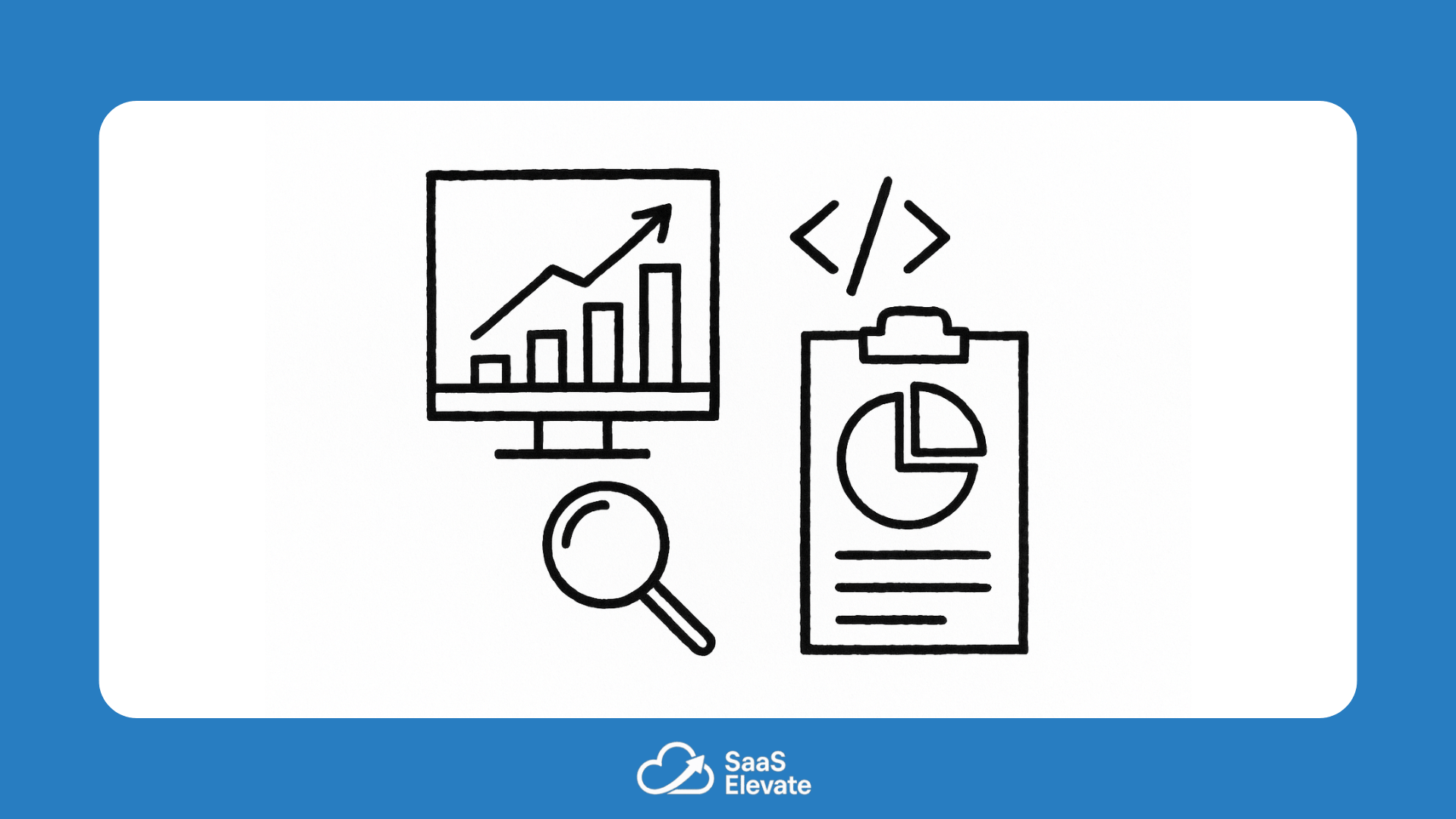Most founders start by trusting their instincts, and that’s fine in the early days. But as soon as your product finds traction, decisions made from intuition alone begin to fail. Building a data-driven culture early helps your team stay objective, even when growth creates noise. It doesn’t mean replacing intuition with numbers. It means making decisions that are informed by reality, not just hope.
A strong data culture doesn’t depend on company size or fancy dashboards. It starts with a mindset that treats data as part of every discussion, not an afterthought.
Start With Questions, Not Tools
Many SaaS teams rush to buy analytics platforms before they know what they want to measure. The result is plenty of charts but very little clarity. Instead, begin with questions. How do users find value in our product? Where do they stop? What behaviors predict long-term retention?
Once the questions are clear, the tools follow naturally. Even basic spreadsheets or built-in analytics can reveal enough to guide early growth decisions. The goal is not to track everything, but to track what matters.
Make Data Accessible to Everyone
Data loses its value when it’s locked away in dashboards that only analysts understand. In a healthy SaaS culture, data belongs to everyone. Developers should know how new features affect activation. Marketers should see how campaigns change lifetime value. Support teams should see what happens before a ticket is filed.
When data flows freely, teams align around shared truth instead of competing opinions. A common understanding of metrics creates better conversations and fewer arguments.
Measure Behavior, Not Vanity
It’s easy to get distracted by metrics that look good but mean little. Website traffic, signups, or social media reach can feel encouraging, but they don’t always translate into sustainable growth. Focus on behavioral metrics — activation rate, retention, churn, conversion, and engagement frequency.
These numbers reflect what users actually do, not what they say. They also tell you whether growth is built on genuine product value or just temporary attention.
Combine Quantitative and Qualitative Insights
Numbers tell you what’s happening. Conversations tell you why. The best SaaS decisions come from combining both. If you notice a dip in activation, reach out to new users. Ask what confused them. If you see churn rise, interview customers who left.
A data-driven culture respects both kinds of information. It uses metrics to find the problem and human feedback to solve it.
Celebrate Learning, Not Just Wins
Teams that fear mistakes rarely experiment. Data should be a tool for learning, not judgment. When results fall short, treat that as a discovery, not a failure. Encourage people to share what they learned and how they’ll test again.
This mindset builds momentum. Over time, your team becomes more confident in trying new ideas, knowing they can measure what works and move on quickly from what doesn’t.
Build Habits, Not Just Reports
A culture built on data isn’t formed by dashboards or KPIs. It’s formed by habits. Weekly metric reviews, simple tracking sheets, or even quick Slack updates can keep numbers visible and useful. The key is consistency. When metrics are part of the routine, insights naturally influence decisions.
Data as a Competitive Edge
Being data-driven from day one gives your SaaS a quiet advantage. It keeps you focused on reality when others rely on assumptions. It also attracts the right kind of people — those who care about learning and improvement as much as outcomes.
The earlier you build this mindset, the easier it becomes to scale. Culture compounds just like revenue. A team that understands its numbers builds products that customers trust.

